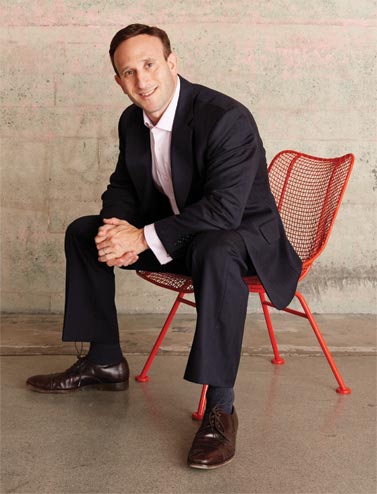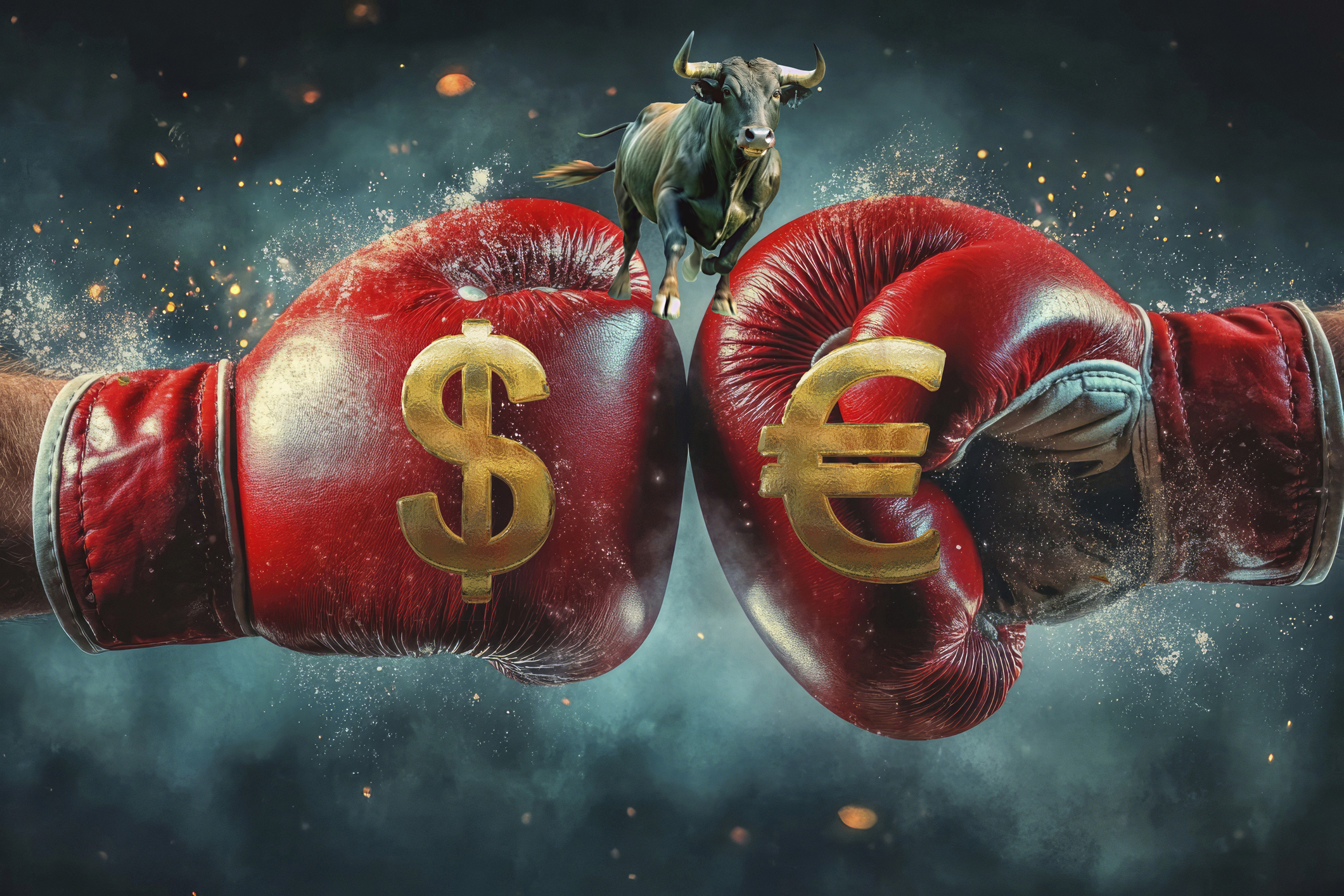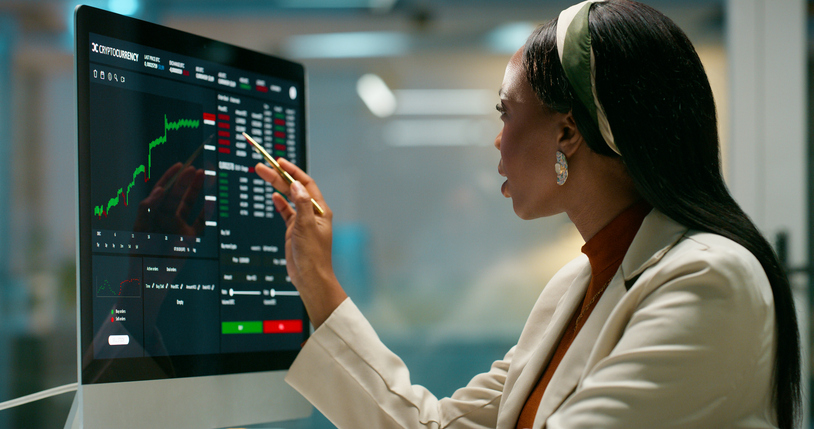BlackRock Investment Strategist: Modest Gains, More Volatility for Stocks
Look for opportunities overseas, as well as in U.S.-based "old tech" and energy companies.
Russ Koesterich is Global Chief Investment Strategist at BlackRock, an investment firm with $4.8 trillion under management. Here are excerpts from our recent interview with him.
KIPLINGER: How much life is left in this bull market?
KOESTERICH We’re definitely in the late innings. Stocks can go higher, particularly overseas, but that is likely to happen with a lot more volatility. I think the bull market will celebrate its seventh anniversary next March, and the next bear market can be pushed out to later in 2016 or 2017. But the risk will go up as the Federal Reserve Board continues to normalize monetary policy and investors lose this pillar of easy money propping up financial assets.
From just $107.88 $24.99 for Kiplinger Personal Finance
Become a smarter, better informed investor. Subscribe from just $107.88 $24.99, plus get up to 4 Special Issues

Sign up for Kiplinger’s Free Newsletters
Profit and prosper with the best of expert advice on investing, taxes, retirement, personal finance and more - straight to your e-mail.
Profit and prosper with the best of expert advice - straight to your e-mail.

When do you expect the Fed to raise rates, and what will the impact be on stocks? The Fed will start to nudge rates higher in the fall. That won’t be the end of the world; the Fed will move at a slow and measured pace, and it’s starting from a very low rate. But at the margin, a rate hike will change the environment, and that will be felt in greater volatility than we’ve seen in recent years. The odds of a correction—a pullback of at least 10%—go up the closer we get to liftoff.
Are stocks overpriced? Valuations are stretched—not obscenely stretched but a bit above average. With low inflation and low interest rates, you’d expect valuations to be high. U.S. stocks are also expensive compared with those in markets outside the U.S. Whether you call stocks fully valued or just think prices are stretched, you’ve got to have more modest expectations for annual returns over the next five years—probably in the low- to mid-single-digit percentages, including dividends.
Should investors take some money off the table? In this environment, it’s perfectly reasonable to have more cash on hand. I’m reluctant to recommend that people do that, though, because they already have a lot of cash on hand. The problem is that this has become a semipermanent position for many people who never came back after the 2007-09 bear market. Holding a lot of cash yielding zero is a hard way to save for retirement.
Where do you see opportunity for investors? We came into the year talking about international diversification; most Americans simply have too much invested in the U.S. Prices in Japan are reasonable, and stock gains there have been driven by earnings growth, not by investors paying more for those earnings, as has been occurring here and in Europe. We still see opportunities in Europe, but investors should look for a fund that hedges out all or most of the currency risk. People got frightened away from emerging markets. But Asian markets in particular are reasonably priced, and there have been promising structural reforms in China, India and Mexico. It scares people even more to think about places like Bangladesh, Vietnam and sub-Saharan Africa, but these parts of the world will grow quickly over the next 10 years. People shouldn’t abandon emerging markets as an asset class; exercise caution, not abstinence.
What still looks good in the U.S.? Look for companies that will benefit from a stronger economic environment. We like technology companies, where we’re seeing some strong growth. Pockets of tech—small-company biotech stocks or social media companies—are very frothy. But a lot of what I call old tech—hardware, semiconductor and software makers—is reasonably valued, given how profitable many of these companies are. We even like some of the beaten-up energy companies, particularly the large integrated companies that offer a decent dividend yield. Lastly, we like some of the large, global investment banks. There’s a noticeable dichotomy between these companies and traditional lenders, who are struggling; it’s hard to make money when rates are this low. On the flip side, we’ve seen a surge in mergers and acquisitions and currency trading; companies that have those operations have benefitted.
What advice do you have for fixed-income investors? Investors looking for yield should cast a wide net. Income-dependent investors face a difficult choice: Accept less income or take more risk. You don’t want to take more risk now by buying long maturity Treasury bonds, so you have to go further afield, with dividend-paying stocks—although in the U.S. they’re expensive, so I’d suggest a global or international dividend fund. Tax-exempt municipal bonds are attractive relative to taxable alternatives; aggressive investors can consider a bit of high-yield bonds. More-esoteric bond substitutes include preferred stocks and master limited partnerships.
Do recent wage hikes portend a dangerous rise in inflation? It may be a bit higher, but honestly, a little bit of inflation is not a bad thing. It’s a sign of a stronger economy, and it allows companies to raise prices. If inflation goes to 2% and stays there, that’s the sweet spot for the market.
What’s the biggest risk investors face now? The U.S. economy is not at risk of recession, but it may disappoint by not growing as much as people expect. It may be that the economy continues to trudge along at a 2% growth rate and the earnings growth that investors have been expecting just doesn’t materialize. It’s a prosaic risk, but one we should all be aware of.
Profit and prosper with the best of Kiplinger's advice on investing, taxes, retirement, personal finance and much more. Delivered daily. Enter your email in the box and click Sign Me Up.

Anne Kates Smith brings Wall Street to Main Street, with decades of experience covering investments and personal finance for real people trying to navigate fast-changing markets, preserve financial security or plan for the future. She oversees the magazine's investing coverage, authors Kiplinger’s biannual stock-market outlooks and writes the "Your Mind and Your Money" column, a take on behavioral finance and how investors can get out of their own way. Smith began her journalism career as a writer and columnist for USA Today. Prior to joining Kiplinger, she was a senior editor at U.S. News & World Report and a contributing columnist for TheStreet. Smith is a graduate of St. John's College in Annapolis, Md., the third-oldest college in America.
-
 Dow Soars 600 Points as Trump Retreats: Stock Market Today
Dow Soars 600 Points as Trump Retreats: Stock Market TodayAnother up and down day ends on high notes for investors, traders, speculators and Greenland.
-
 12 Tax Strategies Every Self-Employed Worker Needs in 2026
12 Tax Strategies Every Self-Employed Worker Needs in 2026Your Business Navigating the seas of self-employment can be rough. We've got answers to common questions so you can have smoother sailing.
-
 7 Hybrid Adviser Services, Reviewed
7 Hybrid Adviser Services, ReviewedThese hybrid adviser services aim for a sweet spot that combines digital investing with a human touch.
-
 If You'd Put $1,000 Into UPS Stock 20 Years Ago, Here's What You'd Have Today
If You'd Put $1,000 Into UPS Stock 20 Years Ago, Here's What You'd Have TodayUnited Parcel Service stock has been a massive long-term laggard.
-
 How the Stock Market Performed in the First Year of Trump's Second Term
How the Stock Market Performed in the First Year of Trump's Second TermSix months after President Donald Trump's inauguration, take a look at how the stock market has performed.
-
 If You'd Put $1,000 Into Lowe's Stock 20 Years Ago, Here's What You'd Have Today
If You'd Put $1,000 Into Lowe's Stock 20 Years Ago, Here's What You'd Have TodayLowe's stock has delivered disappointing returns recently, but it's been a great holding for truly patient investors.
-
 If You'd Put $1,000 Into 3M Stock 20 Years Ago, Here's What You'd Have Today
If You'd Put $1,000 Into 3M Stock 20 Years Ago, Here's What You'd Have TodayMMM stock has been a pit of despair for truly long-term shareholders.
-
 If You'd Put $1,000 Into Coca-Cola Stock 20 Years Ago, Here's What You'd Have Today
If You'd Put $1,000 Into Coca-Cola Stock 20 Years Ago, Here's What You'd Have TodayEven with its reliable dividend growth and generous stock buybacks, Coca-Cola has underperformed the broad market in the long term.
-
 If You Put $1,000 into Qualcomm Stock 20 Years Ago, Here's What You Would Have Today
If You Put $1,000 into Qualcomm Stock 20 Years Ago, Here's What You Would Have TodayQualcomm stock has been a big disappointment for truly long-term investors.
-
 If You'd Put $1,000 Into Home Depot Stock 20 Years Ago, Here's What You'd Have Today
If You'd Put $1,000 Into Home Depot Stock 20 Years Ago, Here's What You'd Have TodayHome Depot stock has been a buy-and-hold banger for truly long-term investors.
-
 What the Rich Know About Investing That You Don't
What the Rich Know About Investing That You Don'tPeople like Warren Buffett become people like Warren Buffett by following basic rules and being disciplined. Here's how to accumulate real wealth.